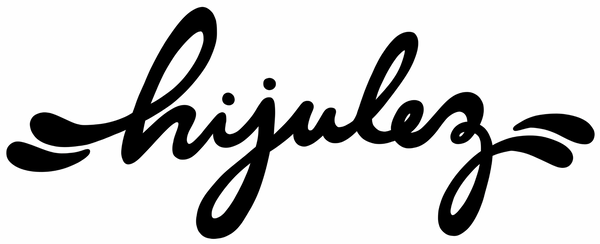E.N.D. of the World, or "Exploring Natural Dyes" of the World, is a series about experimenting with local, natural substances and creating new dye recipes!
I have a new project that I am so excited to share with you!
Sometimes when I read news headlines from around the world, I feel like the world is ending. That feeling is where my inspiration for this new project comes from.
Welcome to E.N.D. of the World with hijulez!
The E.N.D. stands for Exploring Natural Dyes. I am going to explore different natural dyes and natural dyeing techniques from around the world, and share the process with you on my blog!
This particular post is going to be all about using indigo natural dye. I started experimenting with natural dyes when I returned home from school in January. Indigo was the first colour that I ever experimented with, and I still think using it is so fun. I think I must have done at least 30 vats of indigo by now!
Here is the juicy link to the recipe that I use to activate my indigo:
http://box19.ca/maiwa/pdf/indigo_data.pdf
Following the instructions I linked, you can make yourself a beautifully blue batch of indigo too! Don’t be frustrated if your first batch doesn’t turn out too well, it took me about 3 or 4 different tries before I was comfortable with the recipe.
I’ve learned a few things from trial and error that the recipe doesn’t mention. For example, if you keep your indigo in a bath/sink of hot water, it turns out to be a more effective dye!


This is the indigo once it is added into an eight gallon vat with lye crystal and thiourea dioxide.


These are my different fabrics after they have been removed from indigo vat.
Watching the indigo develop in real life is an amazing sight!!! After pieces of textiles have been removed from the dye, they turn from a deep yellow colour to a lime green, and then finally settle to a rich, dark blue!

Shades of green as the colour transitions from a light yellow to a rich blue.

Another trick that I’ve learnt in my many different experiments is that if you put your textile pieces in boiling water after they have been dyed, they turn out to be a lighter shade of blue. The opposite is also true... if you take your dyed pieces and stick them in ice water, the colour comes out to be a much darker and cooler blue!

Indigo shibori with river rocks and twine for resist.

Indigo shibori using a pole binding technique.

Indigo shibori result using square tiles, elastics and rope as a resist. Indigo, I love you :)


